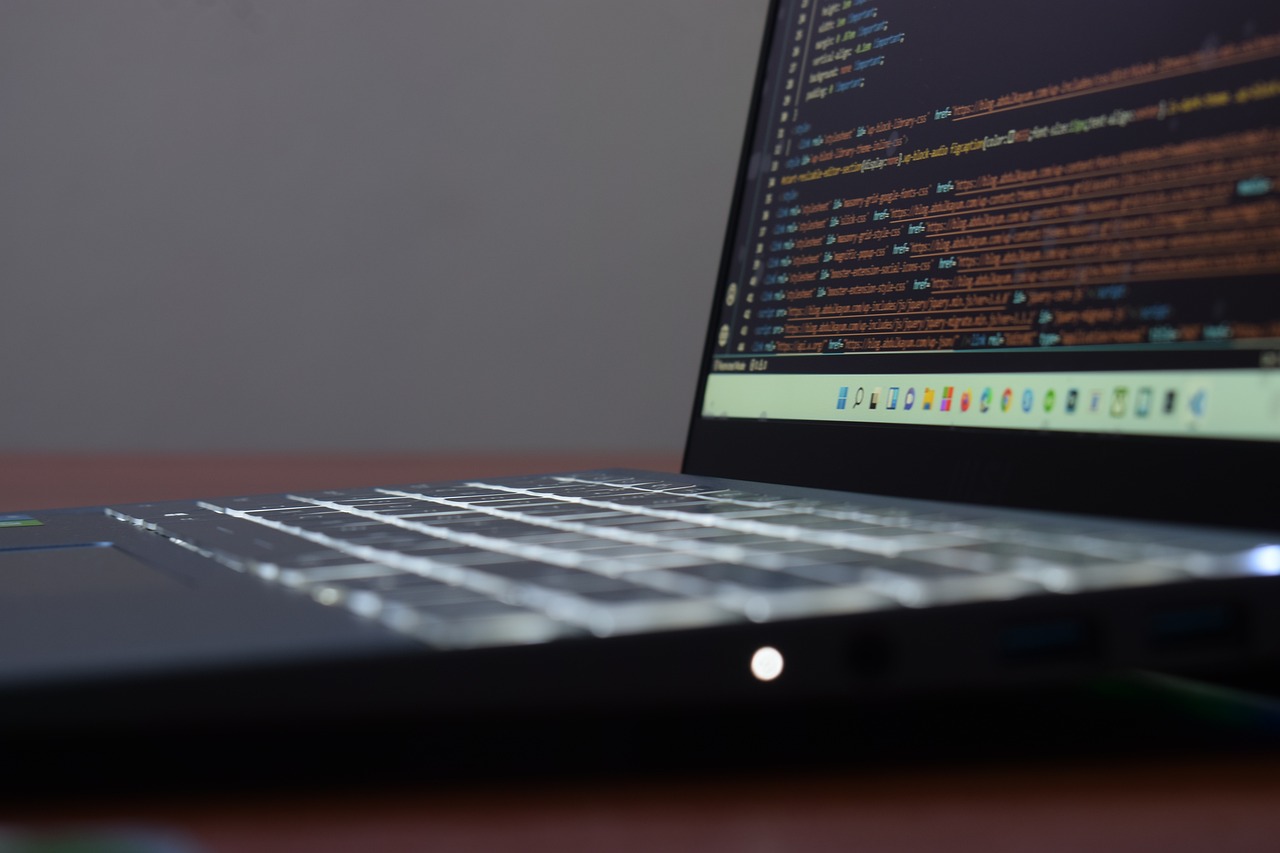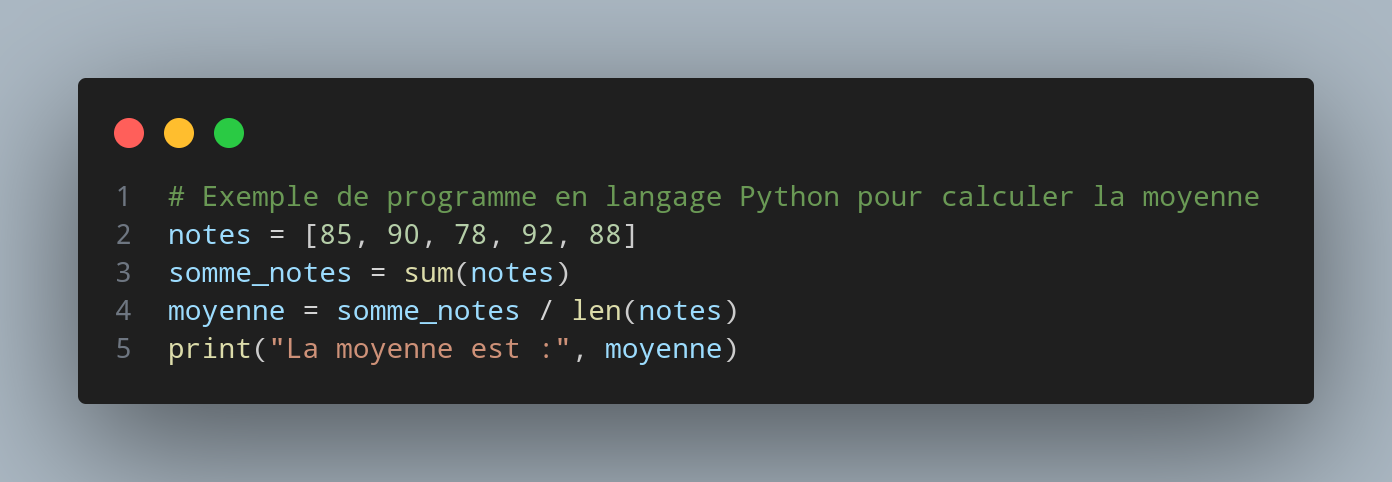Programs, Applications, Software: What Sets Them Apart?
 Charbel Assogba
Charbel Assogba
As a software engineer, I often find myself tasked with the delicate mission of explaining the distinction between a program, software, and application to those unfamiliar with technical jargon. This request is frequent, and it's understandable that clarifying these terms might seem challenging, particularly because they are often used interchangeably.

During my training, one of my professors stressed the importance of mastering these concepts to the point of being able to explain them even to someone as distant from the programming world as a bike attendant. He emphasized the need to make these notions accessible to everyone, highlighting the principle that what is understood can be explained easily, and the words to express it come naturally.
So, armed with my experience as a software engineer, let's delve into this exercise to demystify these concepts. So, what are the fundamental differences?
A program
Firstly, let's consider a program as a cooking recipe, detailing precise steps to follow. It's a set of instructions written in a specific programming language, similar to a list of instructions to build a Lego castle. Programs aren't always applications; they can be simple pieces of code without a user interface, designed to perform specific tasks.
Take, for example, a program for calculating a school average. It would take multiple grades as inputs, perform mathematical operations to calculate the average, and yield a result.

An Application
Next, an application is a specific type of software designed to accomplish a particular task or function. Unlike programs, applications have a user interface and are intended for people to use. Going back to the Lego analogy: if a program is the set of instructions to build the castle, the application is the castle itself, ready to be utilized.
A concrete example is Microsoft Word, an application used for word processing, which is part of the Microsoft Office software.
A Software
Lastly, software encompasses both programs and applications, along with other elements necessary for a computer system's proper functioning. It's like the entire Lego set, containing all the pieces needed to build various castles, cars, and planes. Software acts as an invisible conductor, managing system resources in the background and providing a platform for applications to operate.
Consider the Windows operating system as an example of software. It manages the computer's hardware resources, facilitates the execution of various programs, and provides a user interface for launching applications.

Differences are :
| Criterion | Program | Application | Software |
| Definition | Set of instructions for a specific task. | Software designed to accomplish a specific task for the end-user. | Collection of programs, procedures, and data ensuring the proper functioning of a computer system. |
| User Interface | Generally lacks a user interface. | Has a user interface for interaction with the end-user. | May or may not have a user interface, depending on its type (operating system, utilities, etc.). |
| Size | Generally small in size, specific to a task. | Can vary in size based on the complexity of the task. | Can consist of many programs and applications, hence larger in size. |
| Example | Python program for calculating average. | Microsoft Excel application for spreadsheet creation. | Windows operating system as software. |
| Development | Written in a specific programming language. | Developed in a higher-level programming language, often with a graphical interface. | May include programs written in different languages, depending on its components. |
| Usage | Often intended to run in the background without user interaction. | Intended for use by the end-user for specific needs. | Provides a platform for the execution of programs and applications. |
| Execution | Requires software or an operating system to run. | Operates using the underlying software or operating system. | Executes programs and applications, acting as a layer between hardware and software. |
| Concrete Example | C language program for data sorting. | Adobe Photoshop application for photo editing. | Complete software like the macOS operating system. |
| Relation | Can be a component of an application or software. | Is part of software or can be independent. | Set of programs, applications, and data to provide specific functionality. |
In summary, if programs are individual recipes and applications are the finished dishes, software represents the entire kitchen orchestrating the harmonious functioning of the computer ecosystem.
Pictures Credits :
Subscribe to my newsletter
Read articles from Charbel Assogba directly inside your inbox. Subscribe to the newsletter, and don't miss out.
Written by


